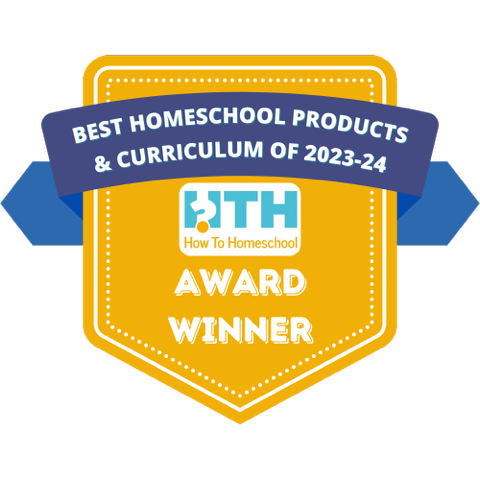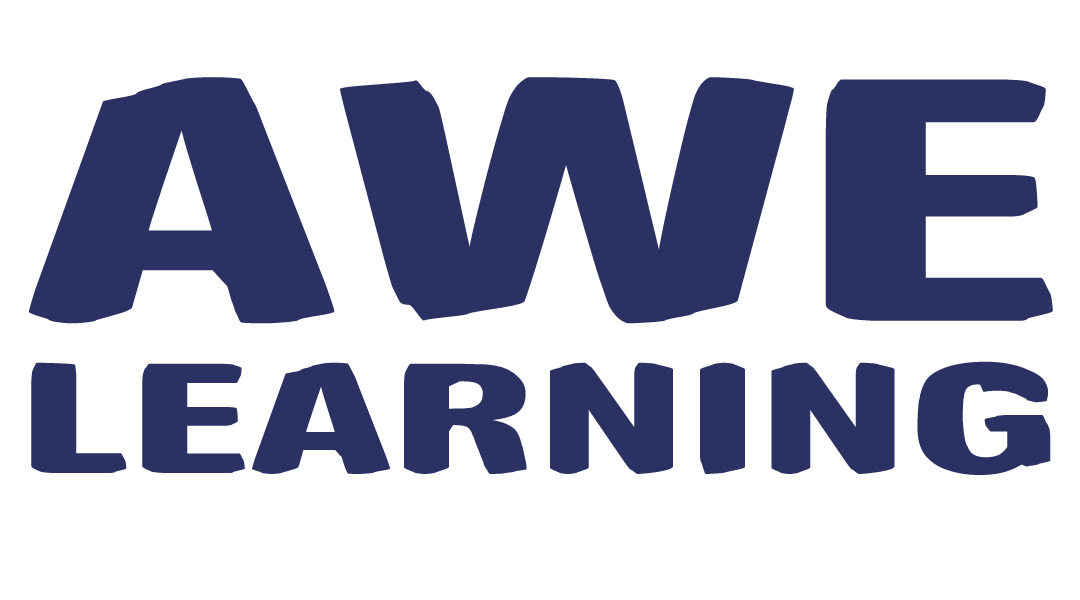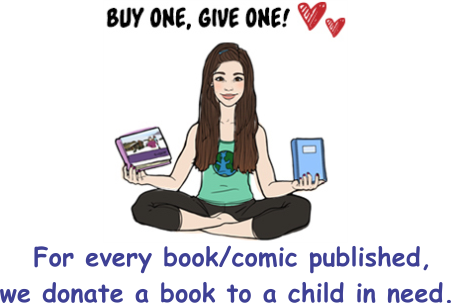Kids in Print

No matter your age, seeing your writing on the printed page is a thrill. Perhaps that thrill is greatest for the youngest of writers, as they feel acknowledged and proud of their work and the fact that someone has decided it's good enough to share with the rest of their community, or even the world.
The talent and imagination of young people abound. They have clever fictional stories to tell, touching personal stories to share, and voices that should be heard.
Fortunately, there are many people who recognize the worth in kids' writing and choose to put it in black and white to be shared with the masses. What's more, publishing opportunities can be found everywhere: from your child's school, to your local newspaper, to online websites and fantastic magazines.
Some kids, like Jack James, even end up getting a publishing deal. Jack's book, How to Let Your Parents Raise a Millionaire: A Kid-to-Kid View on How to Make Money, Make a Difference and Have Fun Doing Both, has even been on two Amazon Best Sellers lists. Way to go, Jack!
"I wrote my book to tell other kids how fun it is to start your own business," Jack writes. "I wanted other kids to hear from someone just like them that they could be a business owner. What you know about me is I am a 12-year-old entrepreneur and published author. What you don't know about me is that I was bullied pretty badly in the 3rd grade. My mom thought it would be cool if I wrote about what happened to me. She thought it would be good for other kids who are being bullied to know that they are not the only ones. I agreed, but it was not easy. It is not easy to talk about that part of my life. I did it so I can help other kids. I also wanted the bullies out there to hear from someone who has been bullied so they would know what we think and how we feel. I hope my book helps all the kids who read it. We can do and be anything we want to, we just have to believe in ourselves."
Ann Morgan James, Jack's mom, says, "Now, at 13 years old, Jack speaks to adults and children alike spreading his story of courage and perseverance, and his possibilities are endless." Jack has also published articles. "Helping your kid reach for the stars and accomplish the dream of writing is the easy part," says Ann. "It is the fun part, the part that can literally light a fire in your kid."
To be sure, it's very likely that Jack's route of becoming a published author is not going to be the same as other young writers, nor may it be possible for most. Luckily, there are so many ways, big and small, for young people to get published.
Self-publishing
Self-publishing is an option, one that many young people and their families have chosen. In my own community, a young writer, after working with children's book author Patrick Jennings, took the self-publishing path. Jennings says, "She was my first writing student. She self-published the book using Bookemon, an online publisher. She was interviewed for the paper and did a reading and signing at the Vault [a local coffee shop], where she sold over 50 copies of her book. She also did an author visit to a fifth-grade class."
There are also sites like Scribblitt, which allows kids many opportunities to write and share stories. Kids can also enter contests, read interviews with celebrity writers, and, for a fee, have their book professionally printed and sent to them or to someone else as a gift.
Online contests
Anne Mazer, award-winning author of books for young readers and co-author of Spilling Ink: A Young Writer's Handbook, believes publishing motivates and inspires many kids, and it can be a lot of fun. "When I was 8, I published a poem in a kids' magazine," Mazer says. "Then I didn't publish anything else for almost 30 years."
No one said publishing was easy.
Mazer and her co-author of Spilling Ink, Ellen Porter, another award-winning author of books for kids, created a website for their book and the many young writers who love it. "Our young writers' contests developed as a natural extension of Spilling Ink," Mazer says. "We wanted to bring together as many young voices as possible, and feature some of the most outstanding ones on our blog. Our contests not only give kids another venue for putting their work out into the world, but also an opportunity to work toward a goal, polish their stories and submit them, just as professional writers do. And finally, Ellen and I love reading their work!"
Spilling Ink's next contest for 8- to 12-year-olds will be posted October 14, 2012. The deadline will be January 28, 2013. The prizes include gift certificates to online bookstores, as well as publication on the Spilling Ink blog.
If you're looking for an online contest for those with even younger voices, Mrs. P's Be-A-Famous-Writer Contest is for writers ranging in age from 4 to 13. Entry dates every year for this contest are September 1 to October 15. Also, be ready to check out PBS' Kids Go! writing contest, which starts in January 2013 and is for children in grades K-3.
Magazines
There are awesome opportunities for young writers in magazines geared toward their many age ranges. Not only do our young ones have great magazines to read, but they can also submit their own writing. Check out these magazines, to name a few:
- Creative Kids
- Highlights
- Launch Pad
- Magic Dragon
- New Moon Girls
- Skipping Stones
Community publications
One of the greatest places to find an opportunity for your child's writing voice to shine is within your own community, often within your child's school or in your local newspaper. To find out how, however, you might need to dig through all those crumbled papers you pull out from your child's backpack, or else watch the local newspaper for information. Or, just ask a teacher or librarian.
This past year, after working with a poet, my daughter's school published a compilation book featuring a poem by each of its students, and every year my small-town newspaper includes an insert that features students' poetry and artwork from each grade level.
If your school or newspaper does not offer such opportunities to the kids in your community, perhaps you can spearhead the efforts to make it happen.
On rejection
But what about rejection — or perhaps not so much rejection with young writers, but not being selected? Depending on the publication, all submissions might be published, or very few will be. In the latter case, not being selected can cause disappointment.
While Anne Mazer feels that publishing motivates and inspires many kids, she also believes for others it may be too much pressure. "I worry when kids feel they have to reach this goal," she says. "More and more of the kids who write to us seem to feel they're not real writers unless they've published a book before they're out of middle school. Not true at all! Writers can take a long, long time to develop."
Mazer adds, "When we announce the winners, Ellen and I always try to acknowledge all the entrants. We both know how much courage it takes to enter a contest. We also look for ways of highlighting the strengths of pieces that may not have won. ... We were able to honor a lot of young writers this way. The kids themselves have been incredibly supportive of their fellow writers. Many kids write generous comments about the winners, even while expressing disappointment that their own stories didn't win. Ellen and I always respond to these comments as well. We both care about the kids, as well as the writing!"
Additional resources
What's mentioned here barely scratches the surface of what's available to your young writer. If publication lights a fire within your budding author, there are resources you can turn to. Children's Writer's & Illustrator's Market, for instance, contains a section geared specifically for young writers and illustrators.
Online you can find the Inspiration Library, which is part of the Spilling Ink website, as well as Rachelle Burk's Resources for Children's Writers website, which has a section dedicated to kids who write. Plus, each of these resources will connect to many more.
Here's hoping that your children find their own thrill in black and white.
Jolie Stekly is a former classroom teacher. Her teaching focus is now on writing and literature, working with both children and adults. She blogs for the Society of Children's Book Writers and Illustrators and is a freelance writer and novelist.








